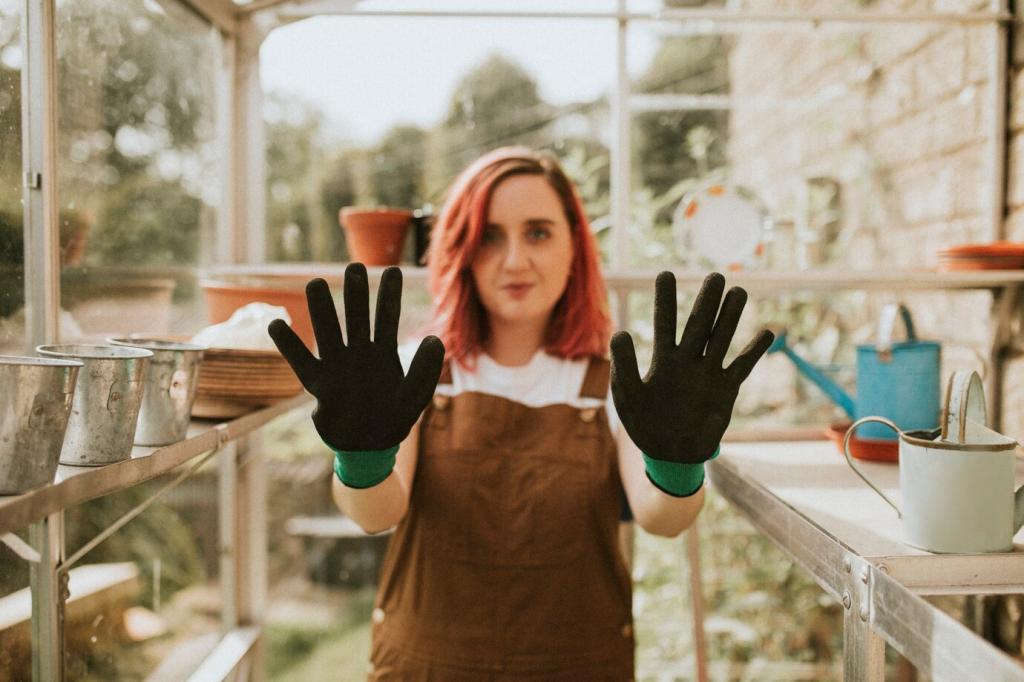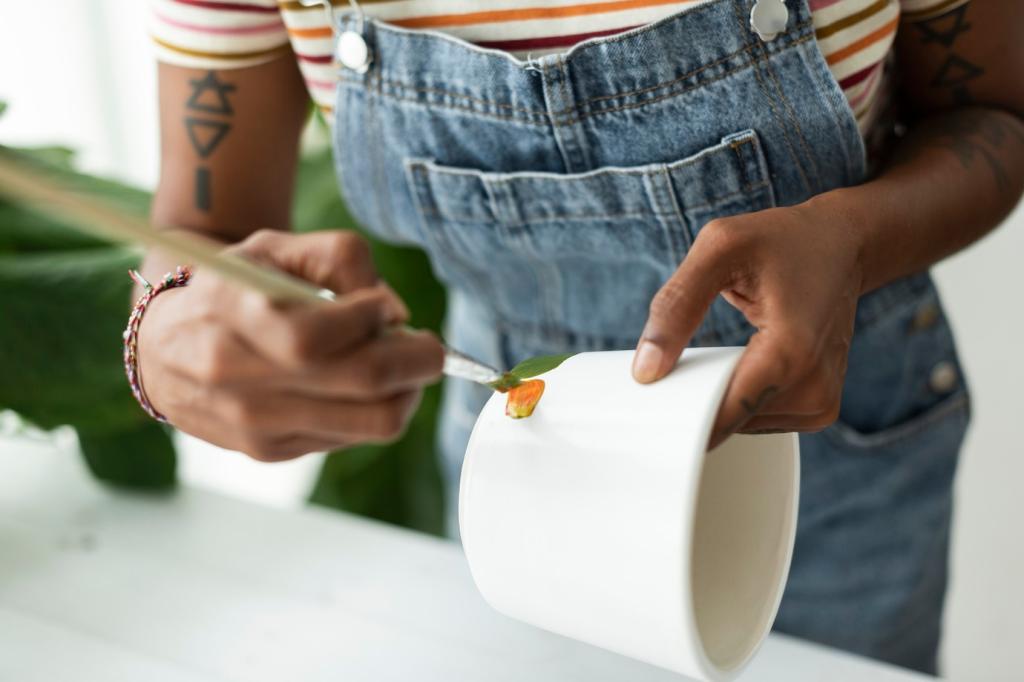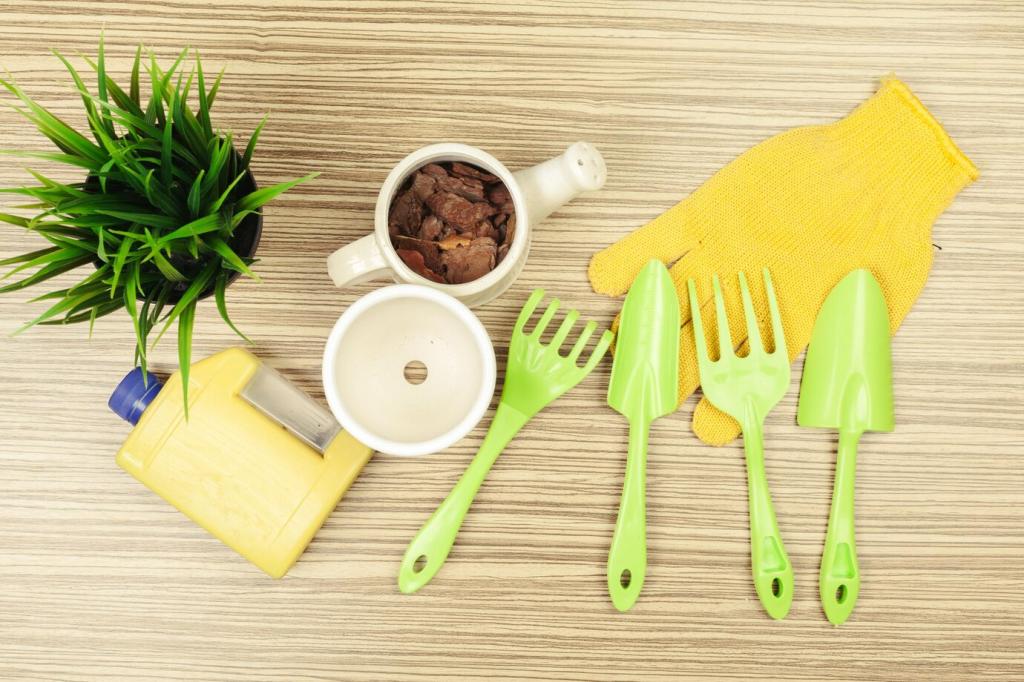Safety, Storage, and Household Harmony
Drying oils like walnut or linseed can trigger spontaneous combustion in crumpled rags. Lay rags flat outdoors to dry, or submerge in a water-filled, lidded metal container. Never ball them up. Check local disposal guidelines. Share your safety routine so newcomers feel confident while making polishes.
Safety, Storage, and Household Harmony
Nut oils can be problematic for some households, and essential oils may bother cats, birds, or sensitive family members. Choose unscented blends, ventilate, and keep pets away until surfaces are buffed dry. Avoid citrus on butcher blocks that hold food odors. Comment with your gentle, family-friendly adjustments.
Safety, Storage, and Household Harmony
Mix small batches, store in dark glass or tins, and note the date. Add a touch of vitamin E as an antioxidant. If odor turns off, discard. Write ratios on the lid for easy repeats. Subscribe to download printable labels for your natural wood polish collection.






